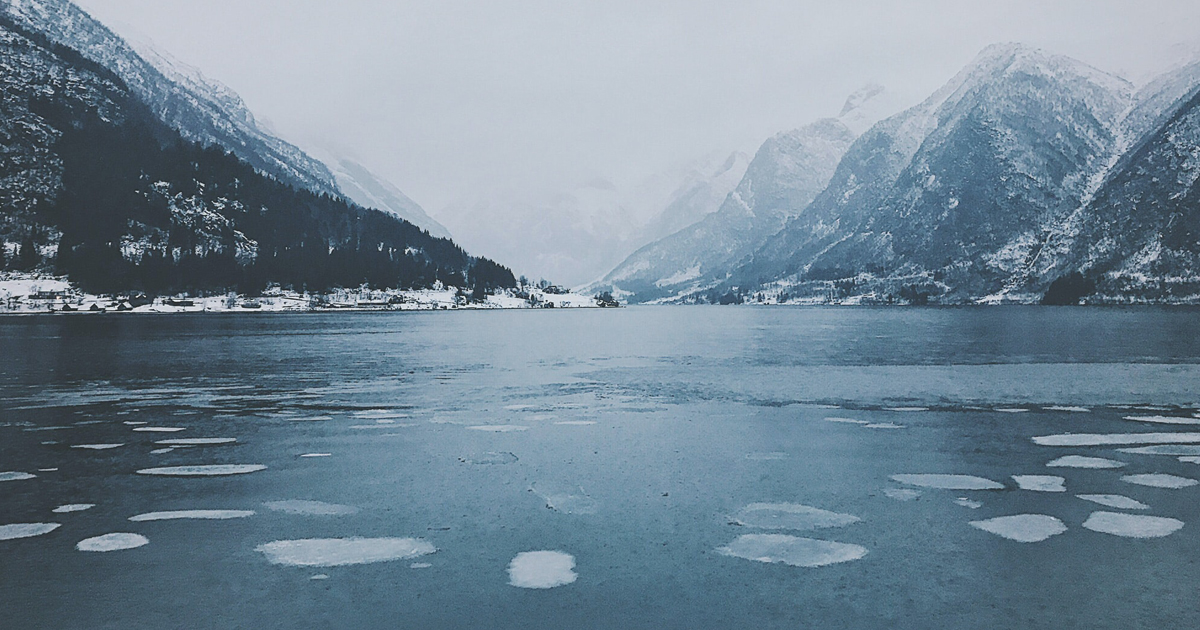Long-term changes in temperature and weather patterns are referred to as climate change. Although these changes can be natural, human activities have been the primary driver of climate change since the 1800s, mainly from the burning of fossil fuels, which produces heat-trapping gases. Even though the terms “global warming” and “climate change” are sometimes used interchangeably, they are not the same. Global warming is only one aspect of climate change, specifically referring to the long-term warming of the planet. You can read more about this in one of our previous articles, here.
Climate change refers to the broader range of changes that are happening to our planet. Since Earth is a system and everything is connected, changes in one area can influence changes in all others. Intense droughts, water scarcity, devastating fires, rising sea levels, flooding, melting polar ice, catastrophic storms, and dwindling biodiversity are now among the repercussions of climate change.
But how can you contribute?
The main action to limit climate change is to reduce greenhouse gas emissions in order to maintain a habitable environment. Whilst governments and corporations must take bold, quick actioning, citizens' participation is required in the transition to a low-carbon society.
The following actions can be done individually, as highlighted by the ActNow campaign by the United Nations, for individual action on climate change and sustainability.

Save Energy at Home
Since most of our electricity and heat are powered by coal, oil and gas, we can do our part by reducing energy consumption. Switching to LED light bulbs and energy-efficient electric appliances, washing our laundry with cold water, or simply by hanging things to dry rather than using a dryer.Walk, bike, or take public transport
Most vehicles can also harm the environment by burning excessive amounts of diesel or gasoline. When walking or riding a bike, you will be reducing greenhouse gas emissions whilst taking good care of your health and fitness. For longer distances, a bus can be used. Carpooling, when possible, is another way of doing your part in such a crisis.Switch to an electric vehicle
Electric cars help reduce air pollution and cause significantly fewer greenhouse gas emissions than gas or diesel-powered vehicles. Locally, there is also a Grant Scheme for the purchase of electric and plug-in hybrid vehicles.Throw away less food
When you throw food away, you're also wasting the resources and energy that were used to grow, produce, package, and transport it. If you are going to dispose of organic waste, make sure to put it in the organic bin, cause if it is sent to the landfills and left to rot, methane will be produced. One should make good use of what was bought whilst any leftovers can be easily used as compost. Here are also some tips on how you can preserve food at home.Eat more vegetables
Eating more sustainable food such as vegetables, fruits, whole grains, legumes, nuts, and seeds, and less meat and dairy, can undoubtedly lower your carbon footprint. Producing plant-based foods is generally less harmful to the environment as it requires less energy, land, and water.Consider your travel
Taking fewer flights can be one of the fastest ways to reduce your environmental impact as most airplanes burn a substantial amount of fossil fuels which in turn produce greenhouse gas emissions. It is advisable and suggested that when possible, people can meet virtually, or skip the trip altogether.Choose eco-friendly products
You have the power to choose which goods and services you support. There are several companies who use resources responsibly and are committed to their part in saving our planet. You can also buy local and seasonal foods thus reducing transportation emissions.Reduce, reuse, repair & recycle
Most of the items we buy cause carbon emissions at each point in production. This ranges from the extraction of raw materials up to the manufacturing and transportation stages. You can buy fewer things, shop second-hand, repair when possible, and recycle to minimize the damage done to the climate.Change your home's source of energy
See if you can switch to renewable sources such as solar. Installing solar panels on your roof to generate energy for your home whilst saving money in the long run. To learn more about renewable energy sources, check out our article here.Speak up
Speak up and get others on board! Inform people of this need for change. Talk to family members, friends, colleagues, neighbours and business owners to act now!Sources:
NASA, 2022, The Effects of Climate Change, https://climate.nasa.gov/effects/ [accessed on 26th January]
United Nations, What is Climate Change?, https://www.un.org/en/climatechange/what-is-climate-change/ [accessed on 2nd February]
United Nations, Start with these 10 actions, https://www.un.org/en/actnow [accessed on 26th January]
United Nations, Climate Action Fast Facts, https://www.un.org/en/climatechange/science/key-findings#physical-science [accessed on 2nd February]
SIGN UP FOR OUR NEWSLETTER
The information contained herein is for general information purposes only. APS Bank plc will not be held responsible or liable in any manner for any of the information contained herein. While APS Bank plc has made every attempt to ensure that the information contained herein has been obtained from reliable sources, APS Bank plc will not be held responsible for any errors, omissions or inaccuracy, or for the results obtained from the use of this information. The primary purpose of these articles is to educate and inform. These articles do not constitute legal, medical or professional advice or service.

